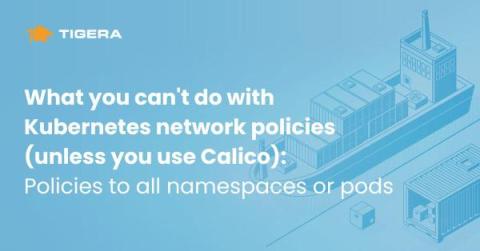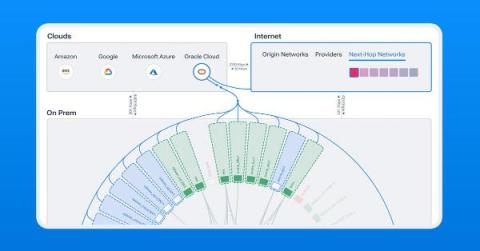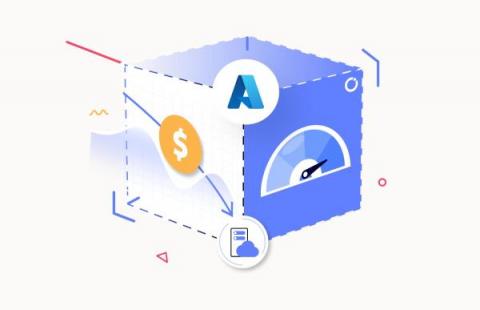Lessons in Incident Response I Learned While Waiting Tables
Before I stumbled into the tech industry (a story for another day), I spent several years in the customer service world as a server and front-of-house manager in restaurants. It was in these jobs that I first honed some critical skills that would later lead me on the path to incident response.











